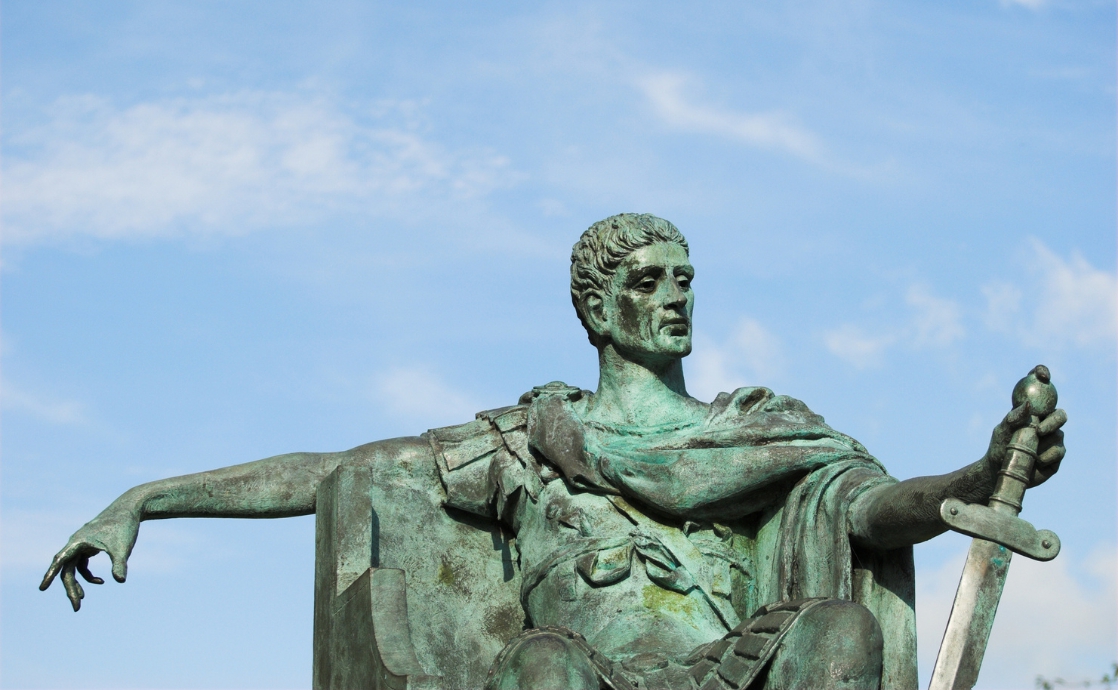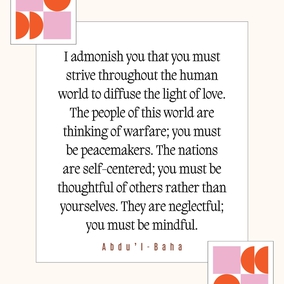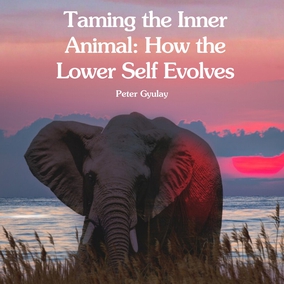The views expressed in our content reflect individual perspectives and do not represent the authoritative views of the Baha'i Faith.
The world changed when Constantine (272-337 C.E.), the sole ruler of the Roman Empire, became a Christian. But did he?
During his rule, which began three centuries after Christ lived, Constantine ended Christian persecution; extended royal patronage to the church; financed large Christian building projects; and tried to unify church theologians caught up “quarreling…”, as he wrote, “about small and very trifling matters.” Unfortunately, those “trifling matters” — what we now call the Arian controversy — would ultimately involve an entire continent and consume thousands of lives.
RELATED: He Died for the Sins of the World
The Arian controversy caused one of the first major sectarian splits in Christianity. It involved a series of theological arguments that arose between Arius, a priest who emphasized the differences between God and Christ; and Athanasius of Alexandria, who believed in the doctrine of the trinity, that God the father was fully “personified” by “God the son.” That Trinitarian doctrine, now the official view of the Catholic Church and the Eastern Orthodox Church, led to much confusion among Christians of the time, and ultimately to persecution and violent conflict.
Concerning that doctrine of the trinity, the Baha’i teachings explain its issues metaphorically, as detailed in “Some Answered Questions” by Abdu’l-Baha, the son and designated successor of Baha’u’llah, the prophet and founder of the Baha’i Faith:
… the reality of Christ was a clear mirror wherein the Sun of Truth – that is, the divine Essence – appeared and shone forth with infinite perfections and attributes. It is not that the Sun, which is the Essence of the Divinity, was ever divided or multiplied – for it remains one – but it became manifest in the mirror. That is why Christ said “The Father is in the Son”, meaning that the Sun is manifest and visible in the mirror.
Emperor Constantine tried to unite the disparate views of the Arians and the Trinitarians so he could establish one officially approved version of Christianity across the Roman Empire. He mandated that the First Council of Nicaea be held to suppress the views of Arius, and the Nicene Creed, which emerged from that council, has represented official Church doctrine since then.
A Soldier Becomes an Emperor
Constantine was first and foremost a Roman ruler, the son of Emperor Constantinus, and he hungered early on to become an emperor himself. A soldier reared on his father’s warring ways, he fought his way past other contenders in battles ranging across much of the empire to achieve his objective. In 306, through political intrigue, he became vice emperor— a Caesar — of the Western empire, and in 309 proclaimed himself Augustus Emperor, even though there already were two sitting emperors.
In a political move in 311, he gave his half-sister in marriage to the actual Emperor of the West (Licinius) and took on Licinius’ enemies, principally Maxentius II, in battle. Maxentius II was the son of the Western emperor who had ruled before Constantine’s father, and he also wanted to be an emperor. Constantine fought his way down to Rome and in 312 C.E. at the famous battle of Milvian Bridge, he both converted to Christianity and defeated an already greatly weakened Maxentius.
Scholars have long debated the reason for and sincerity of Constantine’s conversion. There’s certainly nothing holy in the way he became emperor, and his conversion to Christianity did not change critical aspects of his imperial behavior or stop him from waging war. In 313 Licinius moved over to become emperor of the East and Constantine became emperor of the West. Initially relations were good between the emperors, and the two emperors signed the Edict of Milan that granted Christians protected legal status.
It was not long, however, before Constantine and Licinius fell out and in battles across the empire fought until Constantine won the final battle at Chrysopolis on the Asian side of the Bosphorus in 324. Constantine promised Licinius safety and retirement, but the next year had him killed, along with Licinius’s son (the son of Constantine’s half-sister). Constantine then became the sole ruler of the Roman Empire — East and West — but serious tests of character lay ahead. In 326 he killed his oldest son Crispus on a false charge of immorality, and then he killed his second wife Fausta, because he blamed her for causing him to act against Crispus. Roman emperors’ lives were full of intrigue, battles and killing, but they also used force in religious affairs, in complete contravention of Christ’s teachings:
RELATED: The First Christian to Become a Baha’i
This governmental “takeover” of Christian theology and practice ultimately resulted in an unholy marriage of rulers and papal power that finally led to terrible wars being waged in the name of Christ, as explained here by Abdu’l-Baha in his book “The Secret of Divine Civilization”:
… toward the end of the fifth century of the hegira, the Pope or Head of Christendom set up a great hue and cry over the fact that places sacred to the Christians, such as Jerusalem, Bethlehem and Nazareth, had fallen under Muslim rule, and he stirred up the kings and the commoners of Europe to undertake what he considered a holy war. His impassioned outcry waxed so loud that all the countries of Europe responded, and crusading kings at the head of innumerable hosts passed over the Sea of Marmara and made their way to the continent of Asia. In those days the Fatimid caliphs ruled over Egypt and some countries of the West, and most of the time the kings of Syria, that is the Saljuqs, were subject to them as well. Briefly, the kings of the West with their unnumbered armies fell upon Syria and Egypt, and there was continuous warfare between the Syrian rulers and those of Europe for a period of two hundred and three years. Reinforcements were always coming in from Europe, and time and time again the Western rulers stormed and took over every castle in Syria, and as often, the kings of Islam delivered them out of their hands. Finally, Saladin, in the year 693 A.H., drove the European kings and their armies out of Egypt and off the Syrian coast. Hopelessly beaten, they went back to Europe. In the course of these wars of the Crusades, millions of human beings perished.
We can stop this kind of religiously-related violence, the central message of the Baha’i teachings asserts, once we recognize and act upon Baha’u’llah’s principle of the essential oneness of all faiths.
















Comments
Sign in or create an account
Continue with Googleor